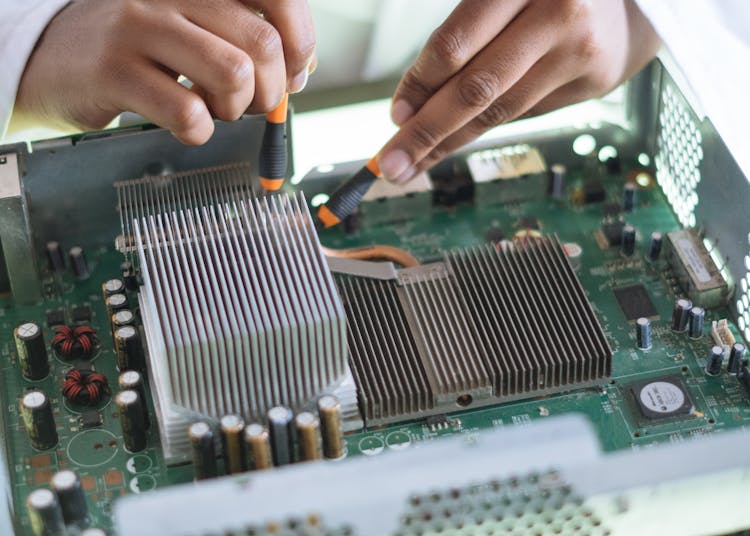All Categories
Featured
The OBD-II system is a fundamental piece of automotive diagnostics. This system has been a mandatory feature in vehicles produced in the United States since 1996. By monitoring various operations of the engine and emissions systems, OBD-II ensures that vehicles remain compliant with stringent environmental regulations. The ability to detect malfunctions early is vital, serving not only to protect the environment but also to enhance user experience.
Discerning issues is made easy with the integration of sophisticated sensors throughout the vehicle's systems. These sensors continuously analyze key parameters such as oxygen levels, fuel mixtures, and catalytic converter performance. When a problem arises, the system triggers the Check Engine Light (CEL) to notify the driver. Being aware of how to interpret these signals can save vehicle owners from costly repairs and potential safety hazards.
Where to Locate the OBD-II Interface
The next step in the process involves pinpointing the OBD-II connection point within your vehicle. This connector is typically found under the dashboard on the driver’s side, just above the pedals. In some vehicles, it may also be hidden under a removable plastic piece. For obtaining accurate readings, a sturdy and reliable connection is crucial

Popular Articles
Latest Posts
The Power of Unplugging: A Deep Dive into Digital Detox
Navigating the World of Investments: Your Complete Handbook
From Crust to Crumb: Expert Bread Storage Tips